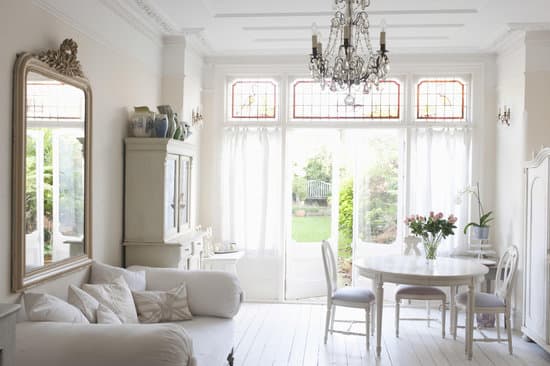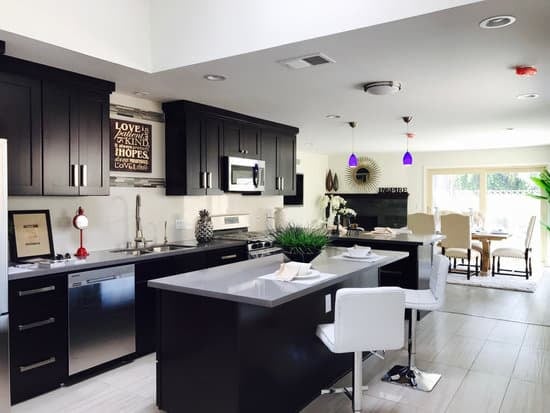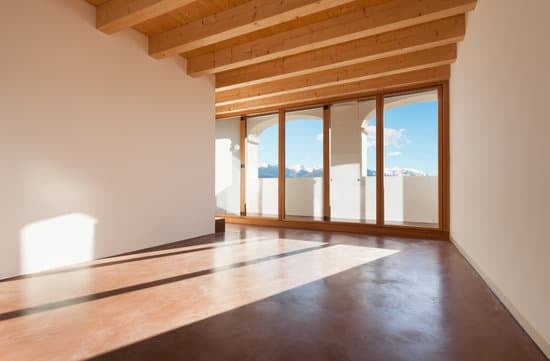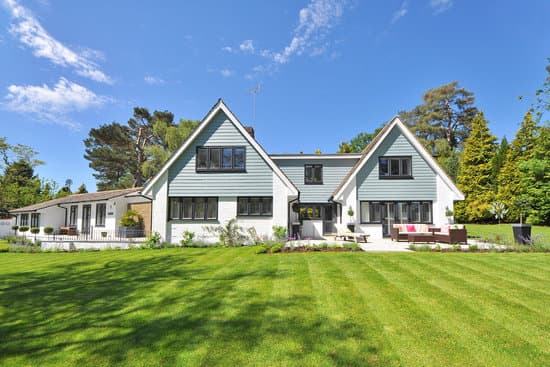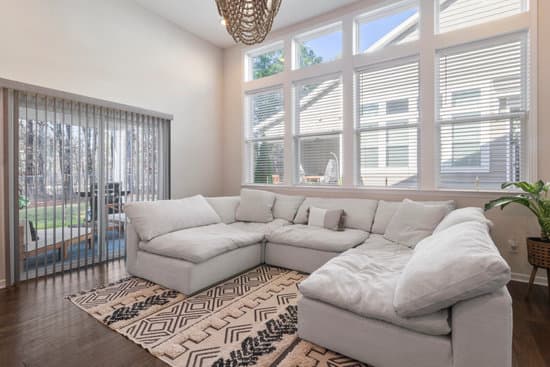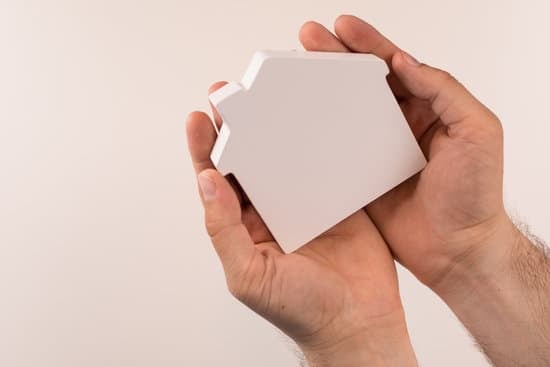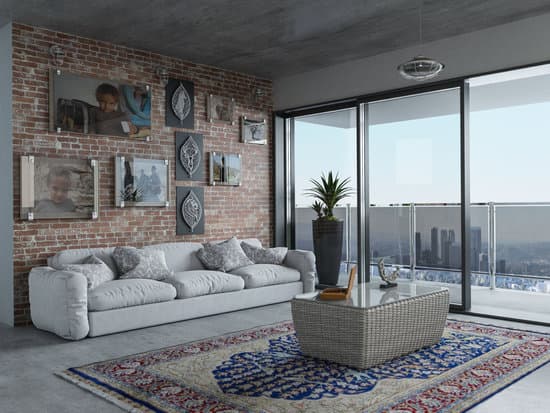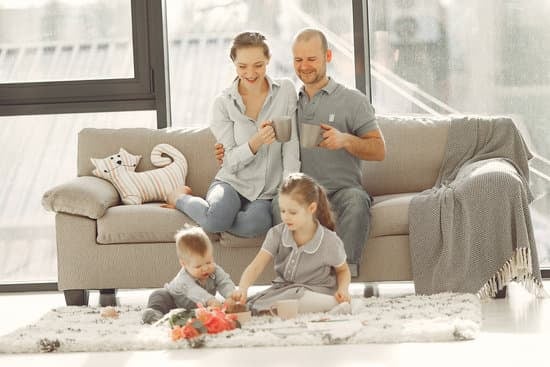When it comes to designing a flower bed, there are a few key things to consider in order to ensure a cohesive and visually appealing layout. Here are some tips on how to layout a flower bed:
Start by choosing a focal point for your bed, such as a particular flower or ornamental tree, and place it in the center to create a sense of balance.
Next, consider the height of each plant species. Taller plants should be placed at the rear of the bed, while medium-sized plants can go in the center, and smaller plants should be placed along the sides.
Try to group plants together in clusters or drifts rather than spacing them out evenly. This will create a more natural, cohesive look.
Consider using different textures and colors to add depth and interest to the bed. Place contrasting colors and textures next to each other to make them stand out.
Finally, pay attention to the amount of sun and shade each area of the bed receives, and choose plants that will thrive in those conditions. Be sure to water and fertilize your flower bed regularly to keep it looking healthy and vibrant.
By following these guidelines, you can create a flower bed that is both beautiful and functional, adding color and life to your outdoor space.
